In English
12 de fevereiro de 2020
Students Create Device that Converts Text into Braille – Level 3
Article published in Joca 143
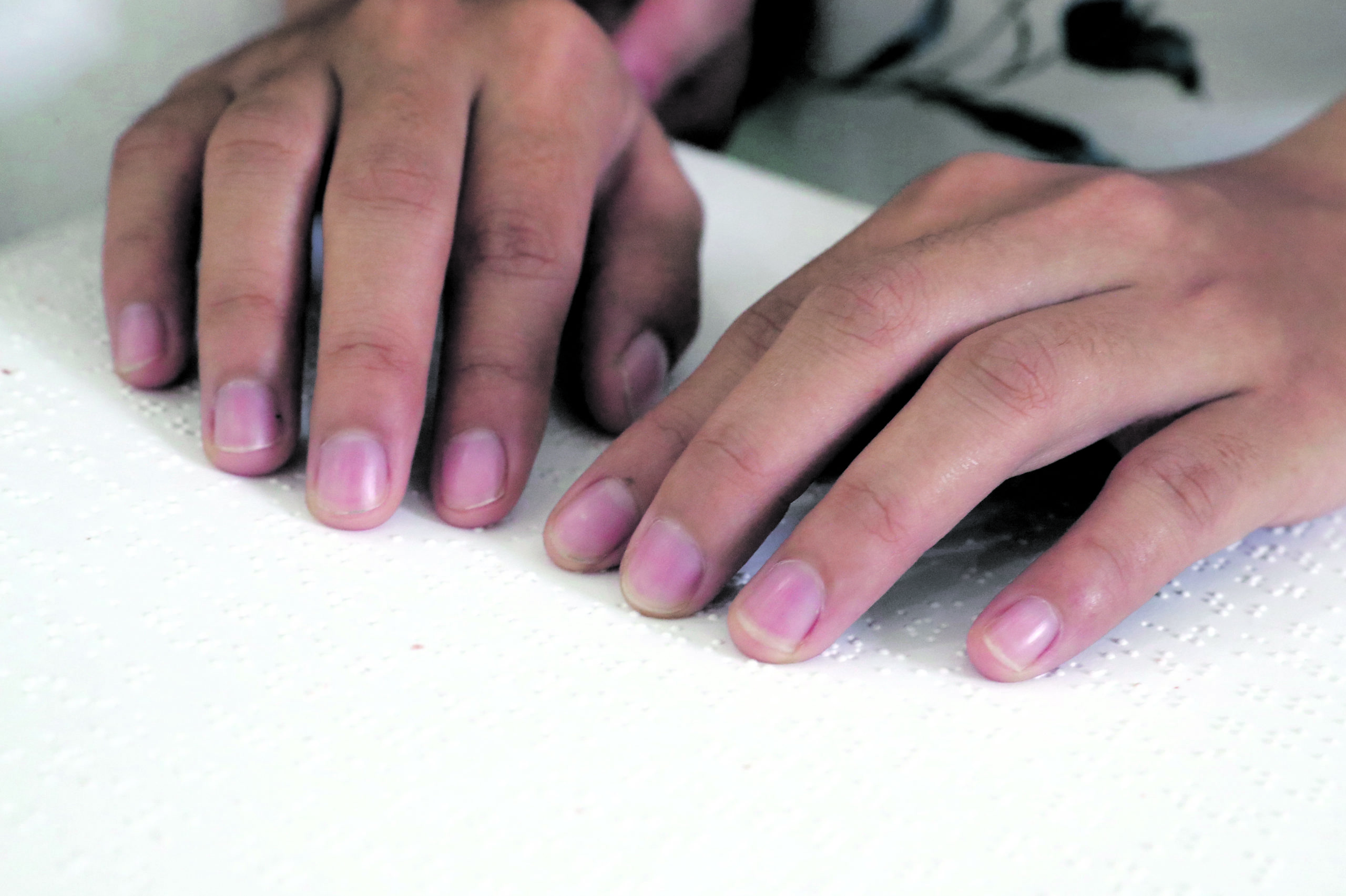
By Helena Rinaldi
Thirteen-year-old students from Vital Brasil school in São Paulo, Lucas Y., Matheus O., and Rafael A., have created a device that converts text in Portuguese into Braille – the main written system used by people who are visually impaired. This system is made up of 3D embossed dots that form words, numbers, and symbols that can be identified by touch. The project was presented by the youngsters at a school competition and received an award in the elementary school category in October.
To convert text (written on computers) from Portuguese to Braille, the device uses a specific program that receives commands through a system known as the Morse Code. After being logged in this code, the words are translated by 12 pins that move up and down, thus forming the embossed sentences in Braille. Additionally, the invention creates an audio version of the text.
More accessibility
The idea came up when three students noticed that many books do not have Braille versions and that those that do are very expensive. “I thought of a way to bring reading to people who are visually impaired so they are not restricted to the books that have been adapted to Braille, ” says Matheus, one of the creators.
The project is still in testing phase, but according to Matheus, the idea is for the converter to be offered to schools and libraries to help teach the alphabet and reading to those who are visually impaired. “We already have people who will test if the pins are the ideal size,” he explains. The material will also be available for children who are visually impaired and their parents to test it.
Glossary
Morse Code: is a system in which each letter, number, or symbol is represented by a sequence of strokes, dots, and spaces. It was created in the United States in 1835 to help long-distance communication and made use of a device called the telegraph to transmit codes.
QUESTIONS
1) What does the device do besides transforming texts from Portuguese into Braille?
a) It translates texts into five languages.
b) It has different explanations besides those already in Portuguese.
c) It creates an audio version of the texts.
d) It divides the reading content into different age groups.
2) What else do you think could be done to help the day-to-day of those who are visually impaired?

Ixi! Você bateu no paywall!
Ainda não é assinante? Assine agora e tenha acesso ilimitado ao conteúdo do Joca.
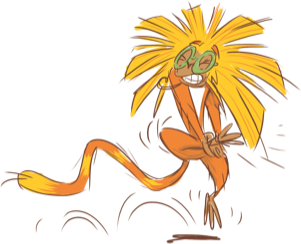
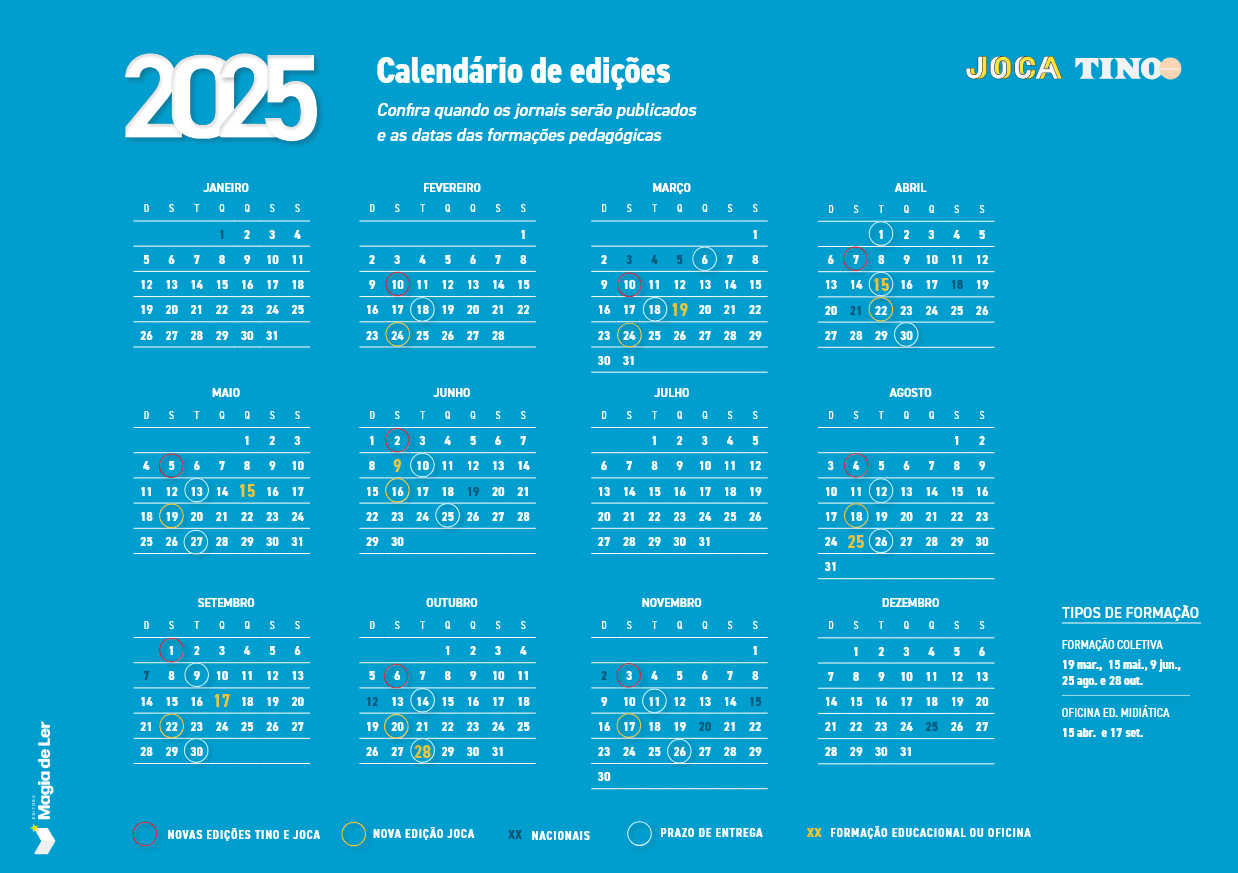
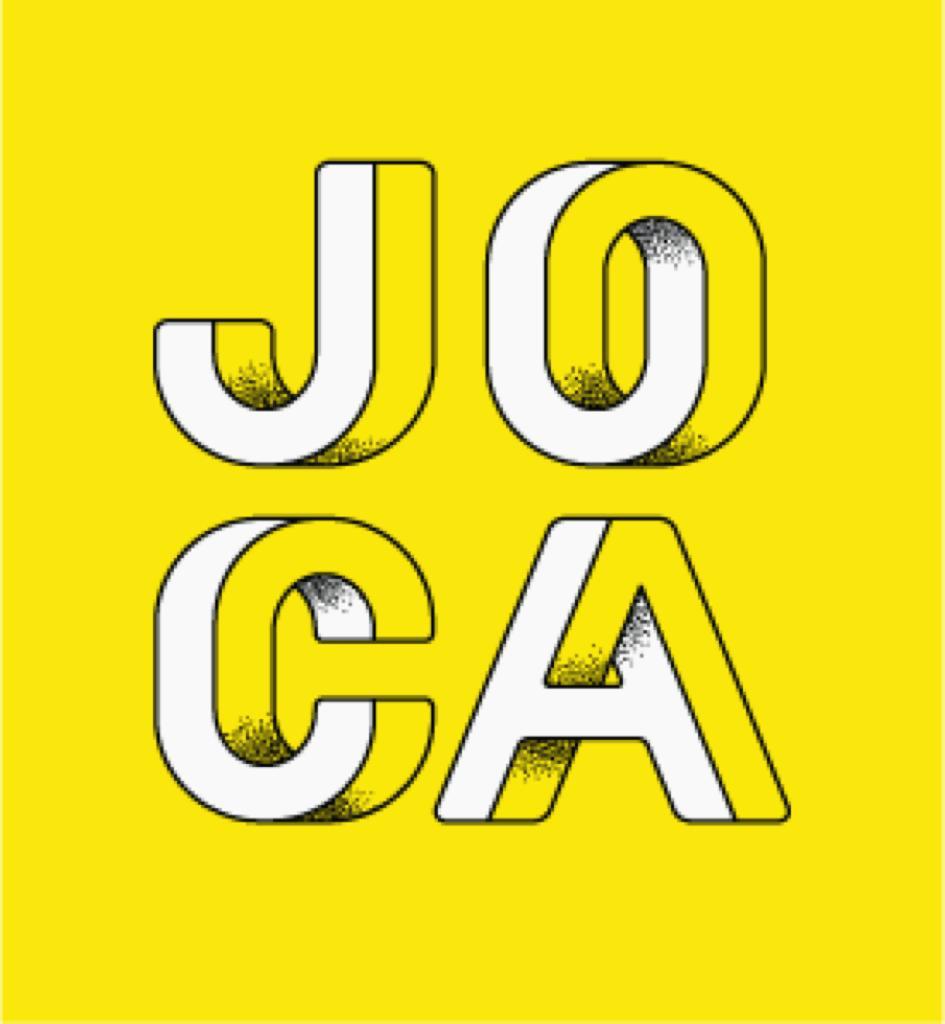


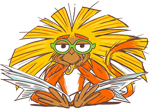
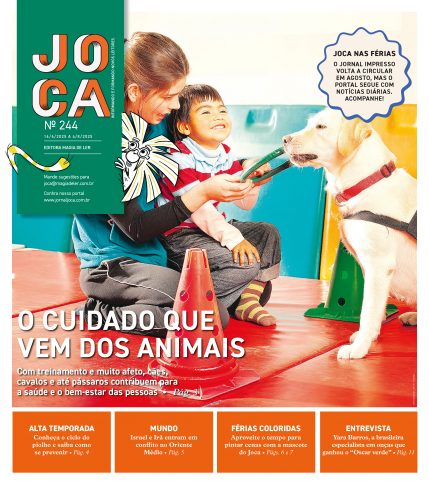
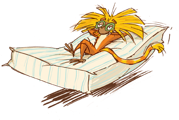
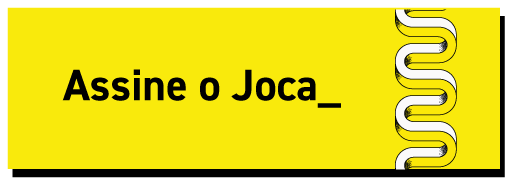

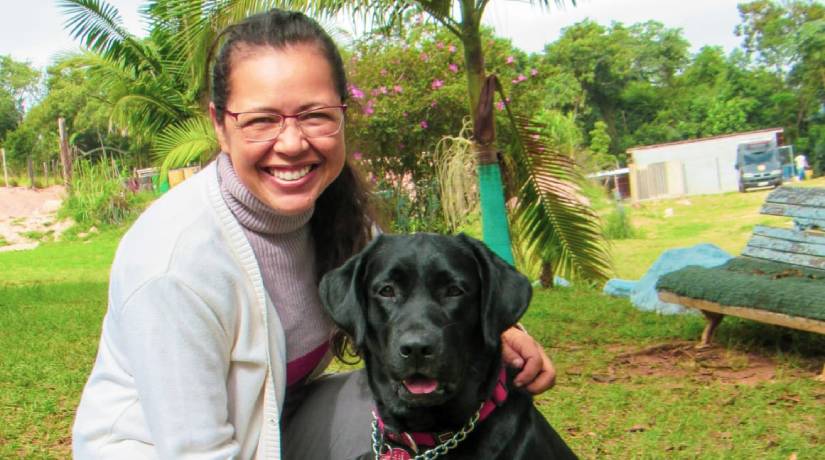
Você precisa fazer o login para publicar um comentário.